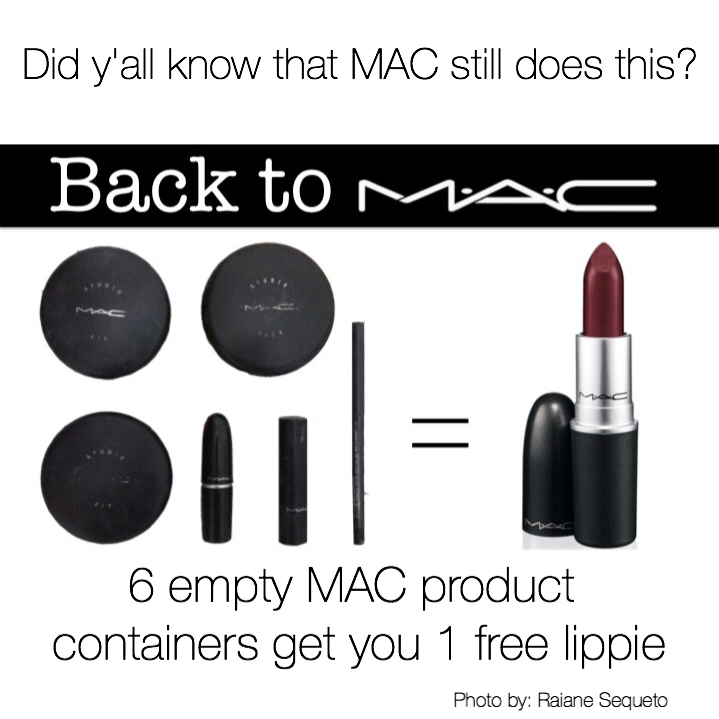


Last year, Soul Tree burst the packaging bubble by becoming the first brand to ship products using only biodegradable packaging. In fact, domestic brands are quicker to change than multinationals firms. “Recently, we also announced two new commitments-reduce our use of virgin plastic packaging by 50% and help collect and process more plastic packaging than we sell by 2025," says their company spokesperson.

Hindustan Unilever Ltd is taking measures to move to 100% reusable, recyclable or compostable plastic packaging by 2025. By 2025, they aim to make 75-100% of their packaging recyclable, refillable, reusable, recycled or recoverable. “Our long-term success depends on our ability to make conscious decisions that embed sustainable practices throughout business," says Rohan Vaziralli, general manager, Estée Lauder Companies, India, which includes brands such as Bobbi Brown, Jo Malone, Smashbox, Tom Ford fragrances and M.A.C under its umbrella. And even though the percentage of “woke" consumers is increasing, the majority still demand a pleasing scent, silicone-y textures, and light packaging. Since most formulae contain water, they need the right containers and preservatives. The problem is that beauty doesn’t have much legroom. “Being green is difficult-even olive oil used in cleansers and make-up removers has a negative impact on the environment once it goes down the drain," says Pedro Catala, London-based pharmacist, cosmetologist and founder of green beauty brand Twelve Beauty. These days, she says, 20-30% of her clientele comes with product-induced irritations, compared with a mere 1% six years ago. “Now I directly correlate it with a product that they are using, whereas earlier the cause was hormones or diet," says Kiran Kaur Sethi, a dermatologist and founder of Isya Aesthetics, Delhi.
#How many empty mac containers for free item skin
If you think in terms of skin condition, today we have more cases of allergies than ever before. “The face isn’t just a face any more but different parts requiring separate products." “As editors, we are guilty because we have encouraged the need for multiple things," she says. Geeta Rao, contributing editor and former beauty director at Vogue India, echoes similar sentiments. An industry first, Kalra says these awards were an initiative to change the narrative. Perhaps it was this thought that led to the innovative Harper’s Bazaar India’s Conscious Beauty Awards, which bypassed the usual beauty advertisers for products that emphasized sustainability. “People talk about multitasking but we need to look at simplification-a Marie Kondo-ization of beauty," says Kalra. Plus, they are packed in single-use plastic lined with foil, which makes them impossible to recycle. An ongoing problem, wet wipes made with a mix of fabric and plastic were responsible for 93% of sewer blockages in the UK, according to a 2017 study by the trade body Water UK. The problem of packaging is compounded by the use of mixed material-paper, fabric or metal fused with plastic-that makes recycling exceptionally tedious. Popular micellar water Bioderma Sensibio H20 sells one every 3 seconds. Tangle Teezer, the cult plastic detangling brush, sells four units every 20 seconds. If you use just one unit each of shampoo, cream, soap and toothpaste every month, you would have discarded close to 500 pieces in 10 years. This is in addition to beauty and personal care items like razors, combs, toothbrushes, tweezers, filers, buffers, blenders, cleansing tools, massagers and applicators. A 2017 survey by beauty e-tailer Skin Store found that the average woman used no less than 16 products just on her face. “The definition of R&D has to now change from research and development to recycle and develop," says Kalra. But even clean brands with better formulae and packaging aren’t addressing beauty’s biggest problem-the disposal of waste. Clean formulations, efficient recycling, non-toxic packaging have become basic hygiene practices expected by millennial customers. A 2019 report by London-based analytics firm Future Market Insights predicts the global organic beauty market will touch $54 billion by 2027. This is especially relevant today when cosmetic giants are challenged with the growth of smaller, green brands. Unlike fashion, where brands such as Prada, Adidas and Zara have come together to form The Fashion Pact to work towards sustainability goals, big beauty brands are yet to come together for a collaborative push. “The beauty industry must work collectively to resolve the problem and big brands have to take the initiative," says Nonita Kalra, editor, Harper’s Bazaar India.


 0 kommentar(er)
0 kommentar(er)
